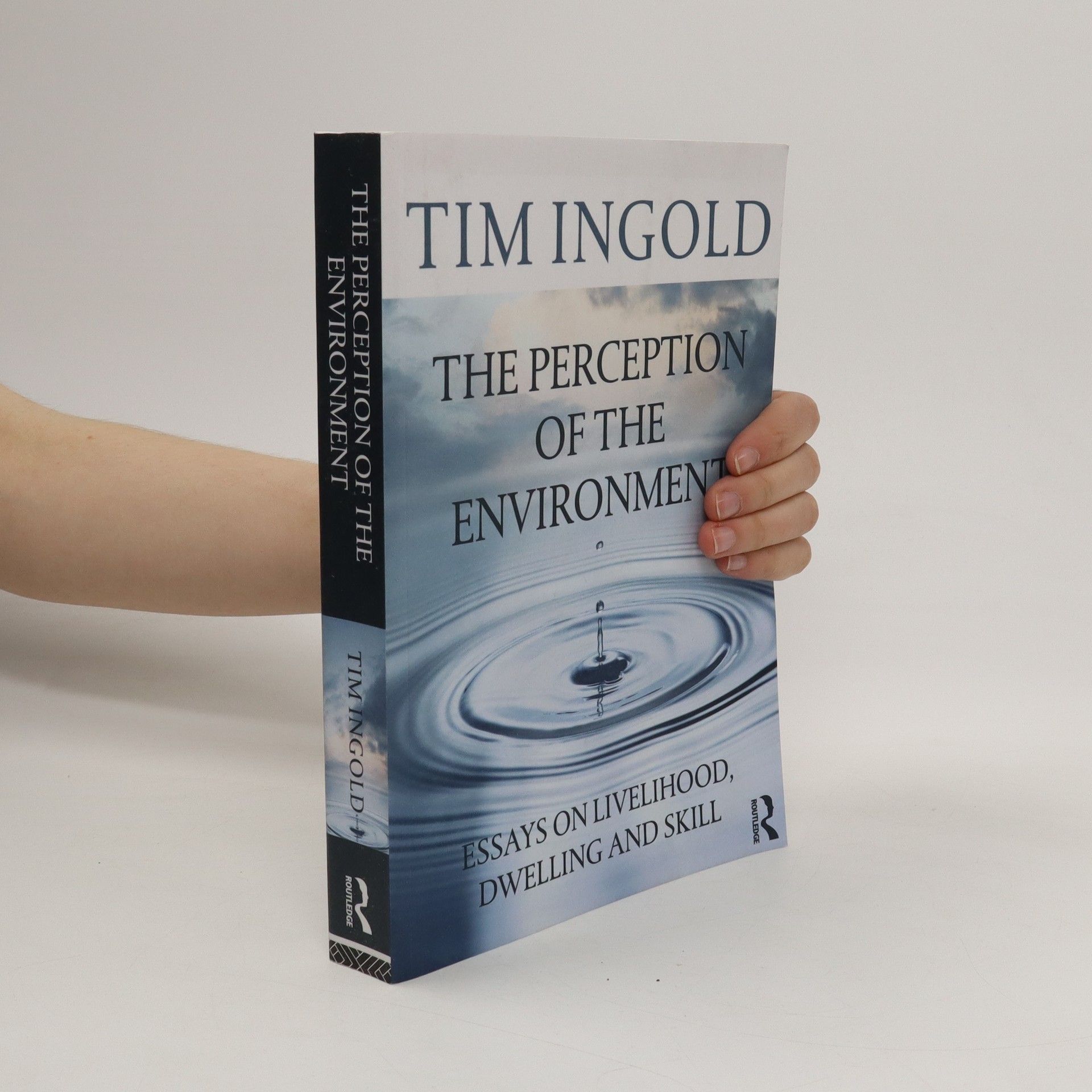Correspondences
- 180pages
- 7 heures de lecture
A renowned anthropologist's profound and personal correspondences with the world we live in--
Tim Ingold est un anthropologue social britannique dont le travail explore en profondeur la relation entre les humains et leur environnement. Il étudie comment les gens perçoivent le monde qui les entoure à travers leurs activités et compétences quotidiennes, et comment ces expériences façonnent leurs manières d'être et de vivre. Ses essais mêlent souvent réflexion théorique et observations de la pratique humaine, examinant comment l'environnement devient partie intégrante de notre existence. L'anthropologie d'Ingold offre des perspectives sur la manière dont nous apprenons à vivre en connexion avec la nature et sur la façon dont cette connexion influence notre compréhension du monde.






A renowned anthropologist's profound and personal correspondences with the world we live in--
Exploring the interconnectedness of anthropology, archaeology, art, and architecture, the book presents a transformative perspective on how these disciplines contribute to knowledge creation and environmental shaping. Tim Ingold delves into the processes of making that underpin these fields, emphasizing their roles in altering human experiences and lives. This innovative approach encourages a deeper understanding of how these areas influence one another and the world around us.
Exploring the relationship between imagination and perception, Tim Ingold argues for the reintegration of reality and imagination, challenging the modern separation between the two. Through a series of essays, he examines how this division has shaped contemporary thought and science, advocating for a more holistic understanding of our experiences and the world around us. Ingold's work invites readers to reconsider the role of imagination in shaping reality and to embrace a more interconnected worldview.
Cover -- Title -- Copyright -- Contents -- LIST OF FIGURES -- ACKNOWLEDGEMENTS -- PREFACE TO THE ROUTLEDGE CLASSICS EDITION -- Introduction -- 1 Language, music and notation -- 2 Traces, threads and surfaces -- 3 Up, across and along -- 4 The genealogical line -- 5 Drawing, writing and calligraphy -- 6 How the line became straight -- NOTES -- REFERENCES -- INDEX
Originally published: 2000. With new preface.
Reindeer Economies and Their Transformations
Exploring the evolution of subsistence practices, this book delves into the transitions from hunting to pastoralism and ranching. Tim Ingold analyzes the underlying causes and mechanisms driving these transformations, providing insights into how human societies adapt to their environments and the implications for cultural and social structures. Through a detailed examination, the author sheds light on the interconnectedness of these practices and their impact on human development.
Humanity is at a crossroads. We face mounting inequality, escalating political violence, warring fundamentalisms and an environmental crisis of planetary proportions. How can we fashion a world that has room for everyone, for generations to come? What are the possibilities, in such a world, of collective human life? These are urgent questions, and no discipline is better placed to address them than anthropology. It does so by bringing to bear the wisdom and experience of people everywhere, whatever their backgrounds and walks of life. In this passionately argued book, Tim Ingold relates how a field of study once committed to ideals of progress collapsed amidst the ruins of war and colonialism, only to be reborn as a discipline of hope, destined to take centre stage in debating the most pressing intellectual, ethical and political issues of our time. He shows why anthropology matters to us all. Introducing Polity’s Why It Matters series: In these short and lively books, world-leading thinkers make the case for the importance of their subjects and aim to inspire a new generation of students.
Solid Fluids
Focusing on the intersection of evolution and anthropology, the book explores how these concepts have evolved since the mid-nineteenth century. Ingold revisits his original work nearly thirty years later, adding a new preface that reflects on its historical context and recent advancements in the field. With a unique approach that bridges natural sciences and the humanities, it significantly contributes to the understanding of anthropological and social thought, as well as ongoing discussions about human nature, culture, and social dynamics.
Exploring the concept of interconnectedness, this book delves into the metaphor of lines as representations of life and relationships. Building on Tim Ingold's previous work, it presents unique reflections on various themes such as environment, movement, creativity, and the essence of humanity. Through these meditations, it invites readers to consider how lives intertwine and the significance of these connections in understanding our existence.